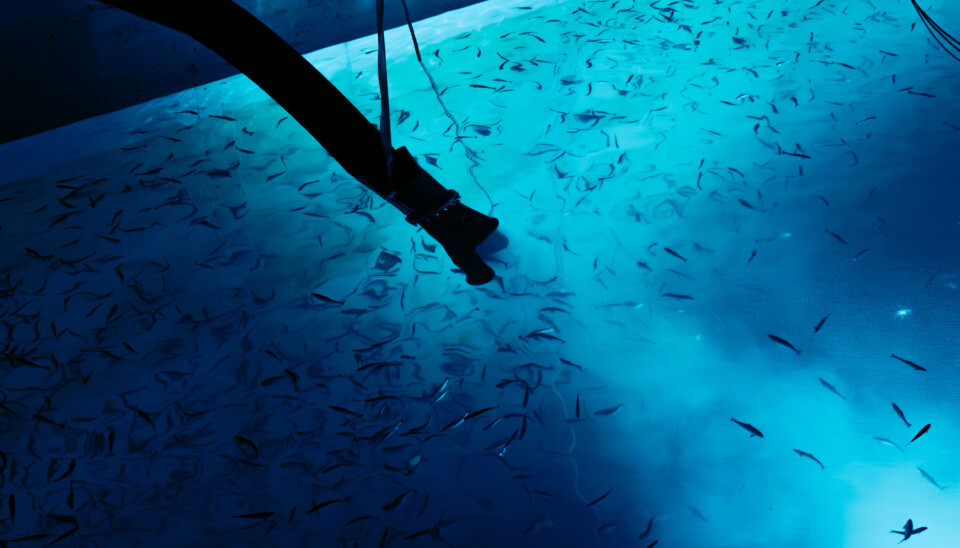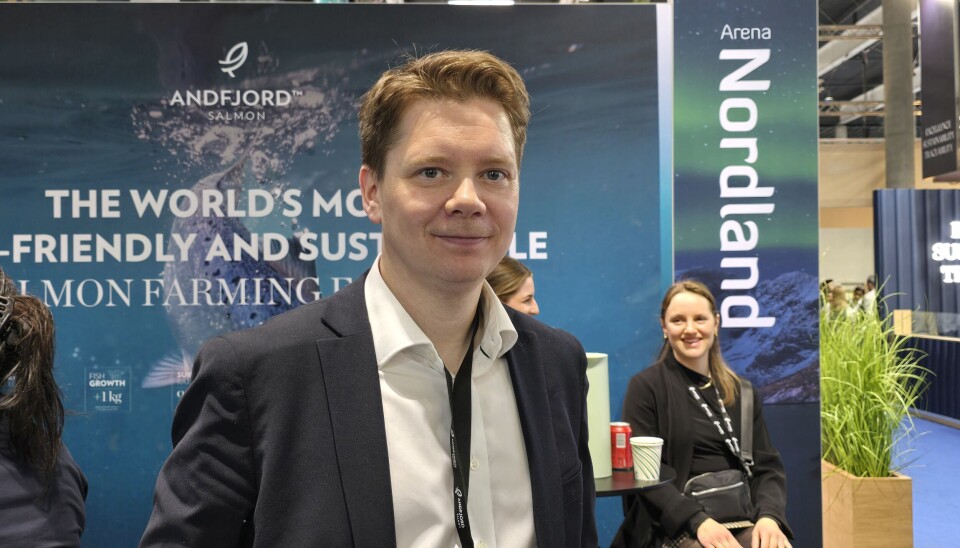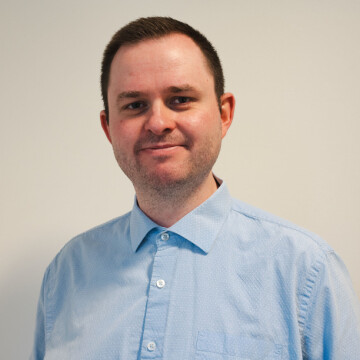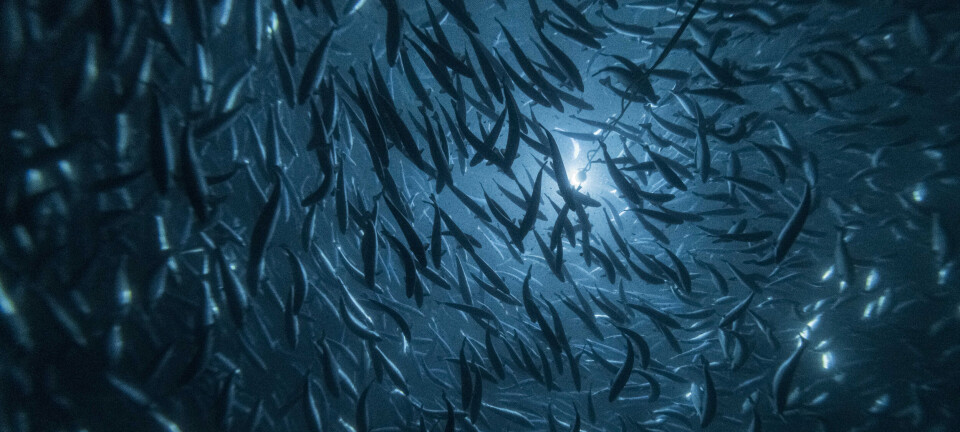
Andfjord smolt transfer request rejected by regulator
Norwegian Food Safety Authority says it hasn't the authority to give the land-based salmon farmer the green light to move fish to marine nursery site
Andfjord Salmon applied on October 3 to move 500,000 fish from its land-based facility in Kvalnes to the sea location, "Bremnesøya". According to the application, the fish were to be released at 120–200 grams in the spring of 2026 and moved again in the autumn of the same year when they had reached around 1.5 kilos.
The company has previously said that there is high demand for postsmolt because it is considered positive to shorten the fish's growth period in the sea.
"Fish that are larger and more robust before being released into the sea may be less susceptible to disease, have reduced exposure time to sea lice, and may achieve higher survival rates," Andfjord Salmon pointed out.
Andfjord Salmon has unused capacity in the pools after smolt for food fish production have been transferred. The plan is to use some of this free capacity to bring on more smolt.
Must have approval

In the application, the company described this as a desired form of production for the facility at Kvalnes in the future. However, the Norwegian Food Safety Authority points out that Kvalnes is approved as a land-based food fish facility, and not a hatchery.
“We consider that such a production model where you regularly release fish falls under the definition of hatchery fish,” the Authority writes in the rejection dated October 23.
The agency emphasises that it does not have the authority to grant permission for the relocation of fish from a land-based food fish farm, as this is not permitted under the salmon allocation regulations.
“You must have approval as a hatchery if this is a form of production the business wants to have at the Kvalnes location,” states the letter which is signed by department head Geir Arne Ystmark.
Close dialogue
Andfjord Salmon chief executive Martin Rasmussen told LandbasedAQ Norway that the company has an ongoing process with the Authority related to a formality in an application. He emphasises that the previous application was approved after a similar process prior to the approval.
“We have close dialogue to ensure that all necessary permits are in place well in advance of our operational needs, while at the same time ensuring that the process respects the intent of the regulations and the industry's need for predictability.”
Rasmussen points out that, in short, these are technicalities related to the process.
“This is handled by running a process with the Norwegian Food Safety Authority, which is already well under way,” he says.

